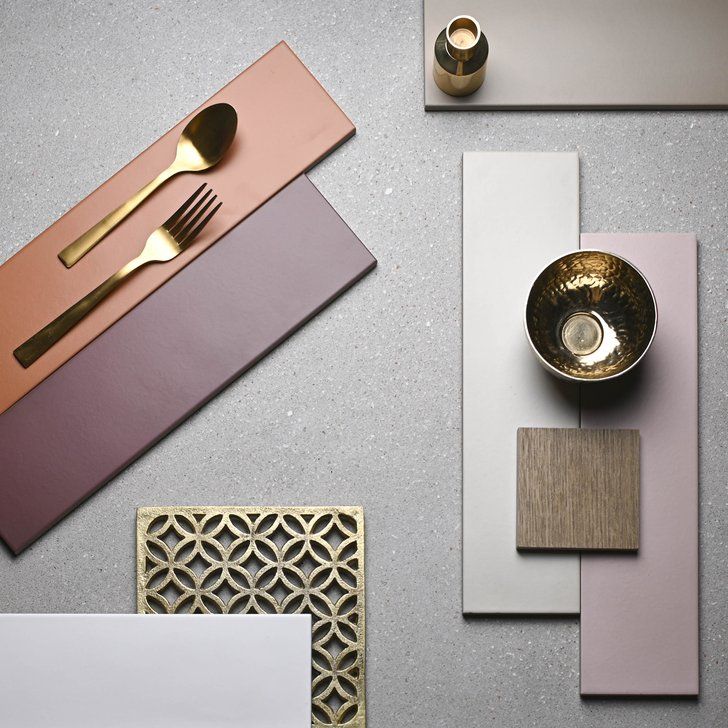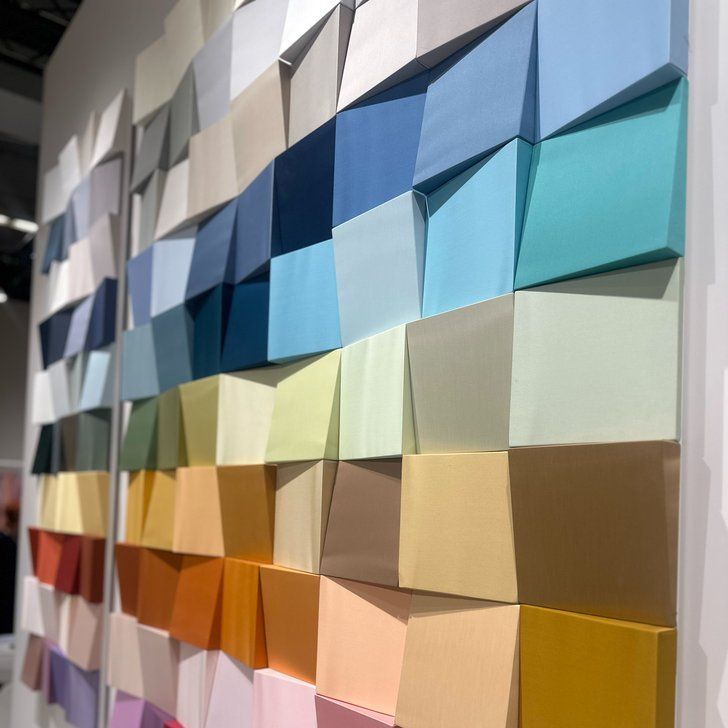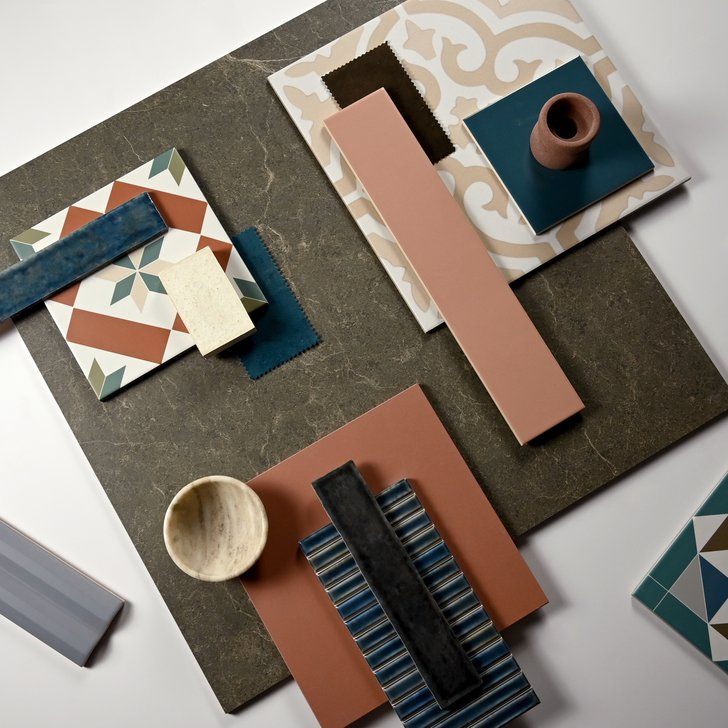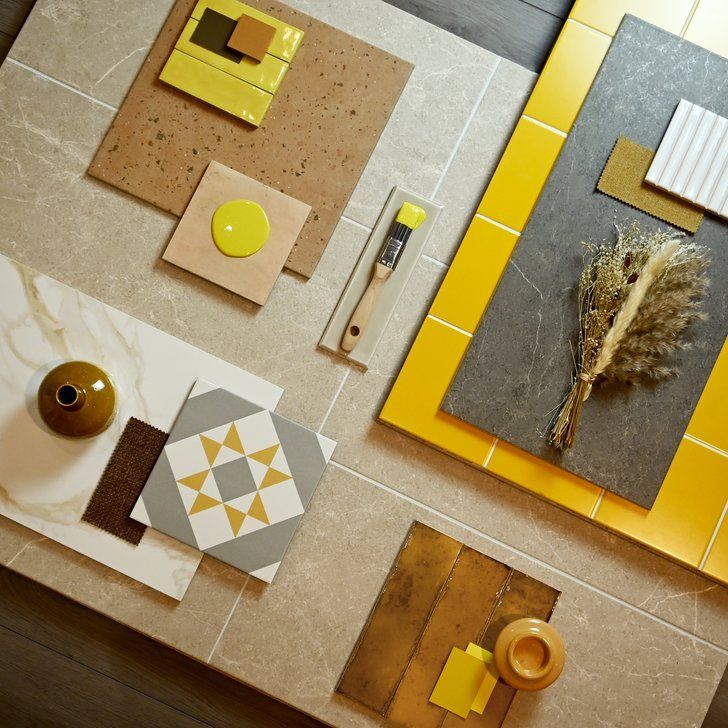Make it: Can craft change the world?
In our new ‘making it’ blog series we’re inviting three commercial interiors representatives to reflect on the bold steps they’ve taken to ‘Make it. Sustainable’. Here, sustainability champion and author of ‘Wasted: When Trash Becomes Treasure’, Katie Treggiden, talks about the book’s mission, why pushing for change is vital and whether crafts can change the world.
Purpose-driven writer and keynote speaker, Katie Treggiden, is a vocal advocate for a circular approach to design. With 20 years’ experience in the creative industries, Katie has contributed to publications such as Elle Decoration, Crafts Magazine, The Guardian and Dezeen. A published author, Katie’s fifth book ‘Wasted: When Trash Becomes Treasure’ celebrates 30 enterprising designers, makers and manufacturers who use waste as their primary resource, exploring the societal, cultural and environmental implications of their work.
You can watch Deezen’s editor-in-chief, Marcus Fairs, and Katie Treggiden discuss the importance of waste reclassification and the need for a circular approach to design in our recent webinar
Below, our sustainability expert, Jason Bridges, asks Katie to explore some of the themes featured in the clip.
Q. Your book Wasted: When Trash Becomes Treasure is as essential as it is fascinating. What drove you to write it?
A. Thank you. I’ve been writing about craft and design for more than ten years and have always been purpose-driven in my approach. I was drawn to write about craft and design that does ‘good’, but a few years ago, I started to question what ‘good’ really means.
I went on to study for a master’s degree in History of Design and set myself a question to guide my studies: Can crafts save the world? While it might sound like a naïve question, it drove me to delve deeper into subjects like bio-fabrication, the plastics crisis and how we can transition to the circular economy – and craft has a role to play in all of those areas.
Upon completing the degree, the publisher of my last two books proposed a title that focused on waste and its potential to become the raw material of the future. Writing a book that introduced designers who are exploring these plentiful waste streams felt like a natural step. I hope Wasted will be the first of many books I write highlighting the role that craft can play in the circular economy.
Q. Your book explores the concept of transforming waste into raw material. Can you elaborate on that?
A. Waste is already a raw material, as the book's designers and makers demonstrate in many innovative and creative ways. However, some people struggle with the concept of waste as a valuable commodity. Waste conjures images of something ugly, wayward, leaking, broken or simply unwanted and therefore dirty, unhygienic, redundant. It’s this self-generated revulsion that drives our desire to be rid of it.
However, we have the ability to re-categorise waste as a valuable new material. It’s this reclassification that I’m interested in and the impact it can have on accelerating the circular economy. It’s a vital mental shift that we all need to make.
Q. Is there a particular message you would like readers to take away from Wasted?
A. We’ve been conditioned to accept that ‘reduce, reuse, recycle’ is the solution to the environmental crisis, but in fact this neatly individualises a problem that is created long before consumers get involved. For every sack of waste you or I throw away, 70 sacks of rubbish have been generated in the processes that led to the products that created it.
Of course we can question our own habits, exploring whether things can be done differently and make better choices, but to bring about genuine change, we need government and big business on board. Personal agency is really important – but I hope the changes people make at home lead them to start asking questions, to become citizens instead of consumers, and demand change upstream.
Q. So, armed with everything you know now, let’s revisit the question you asked when studying for your master’s degree: Can craft save the world?
A. Absolutely! Perhaps not on its own, but we have a lot to learn from craftspeople in the transition to a circular economy. Often mono-materialistic in their approach, craftspeople are inherently respectful of their materials. The first tenet of the circular economy (as laid out by the Ellen MacArthur Foundation) is to design out waste, and I think that comes naturally to people who work with one material closely. The second tenet it to keep materials and objects in use. If you can make, you can mend, and so again, this is something craftspeople practice naturally. The problem with many mass-produced objects is the materials are treated in ways that means they can’t return to the natural environment in a way that is beneficial. The material literacy of craftspeople often prevents this. The final tenet is to regenerate natural systems and it makes sense for people who rely on one natural material to care where it comes from and make sure it is sourced in a way that is sustainable.
In addition, anyone who practices craft, whether a studio potter or as part of a multinational design house, understands the need for collaboration. Crafts tend to be taught hand-to-hand or via apprenticeships, and close relationships are formed with both suppliers and clients. This level of collaboration is necessary if we want to move towards a circular economy. If you look at the makers featured in Wasted, many are teaming up with big brands to better understand waste streams, or with scientists and technologists to help realise and scale their ideas.
Katie Treggiden’s book ‘Wasted: When Trash Becomes Treasure’ features 30 optimistic and enterprising designers, makers and manufacturers.









